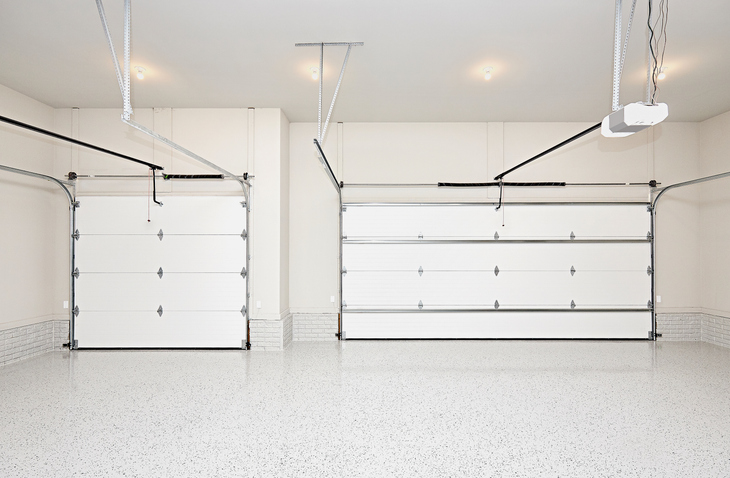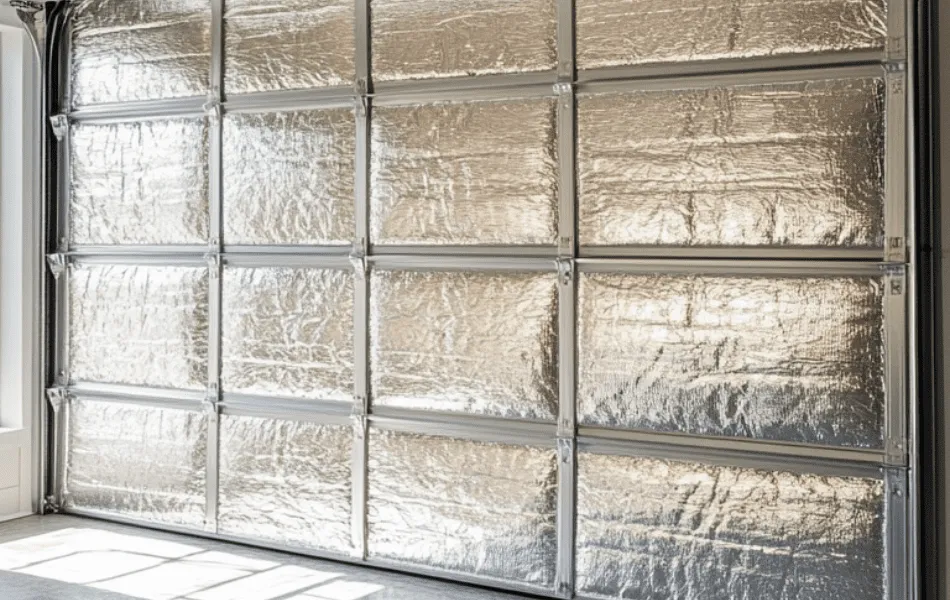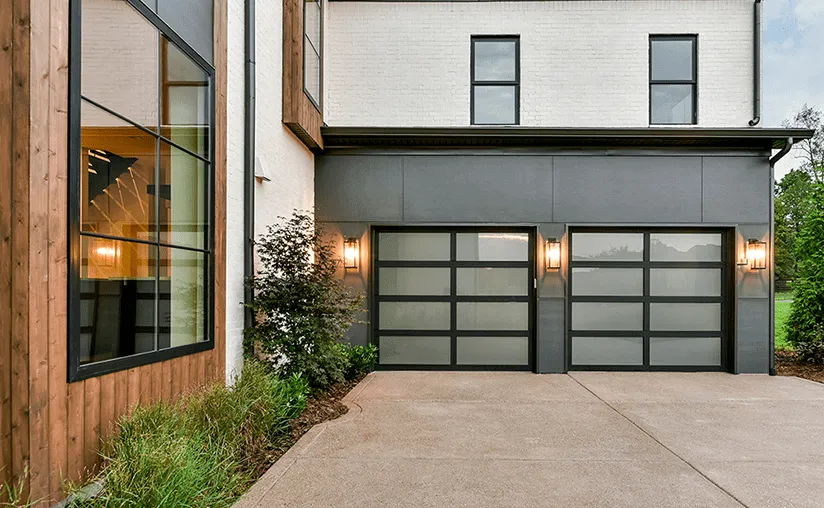For homeowners, maintaining a comfortable and energy-efficient home is a top priority. One area that often gets overlooked in this pursuit is the garage. Proper garage door insulation and temperature control can play a significant role in enhancing the comfort of your home while also boosting its energy efficiency. Whether you use your garage as a workshop, storage space, or simply a place to park your car, the right insulation can make a world of difference.
Understanding the basics of garage door insulation and temperature control can help you make informed decisions about your home. Not only does this process involve choosing the right materials, but it also requires understanding the benefits of insulation and the impact it can have on your home’s overall energy consumption.

Why Insulate Your Garage Door?
Insulating your garage door can significantly reduce energy loss, helping to keep your garage warmer in the winter and cooler in the summer. This is particularly important if your garage is attached to your home or if you have a room above the garage. An insulated garage can also help reduce noise, providing a quieter environment, especially if you use the space for activities like woodworking or band practice.
Benefits of Garage Door Insulation
- Energy Efficiency: Insulation helps to maintain a consistent temperature, reducing the need for additional heating or cooling.
- Noise Reduction: Insulated doors can block out external noise, providing a quieter home environment.
- Durability: Insulation can add strength to your garage door, making it more resistant to dents and damage.
Types of Insulation Materials
There are several types of insulation materials you can choose from, each with its own set of benefits:
Polystyrene Panels
These are lightweight and easy to install. They provide moderate insulation and are often less expensive, making them a popular choice for homeowners on a budget.
Polyurethane Foam
Known for its excellent insulating properties, polyurethane foam is injected into the garage door panels, providing a higher R-value and better temperature control.
Installation Process
Installing insulation on your garage door can be a DIY project, but it might be best to consult with a professional to ensure it’s done correctly. During installation, it’s crucial to ensure that the insulation fits snugly and that there are no gaps where air can escape.
Step-by-Step Guide
- Measure the garage door panels to determine how much insulation you’ll need.
- Cut the insulation to fit each panel.
- Secure the insulation to the panels using adhesive or clips.
- Seal any gaps with weatherstripping to prevent air leakage.
Temperature Control Strategies
Beyond insulation, there are other strategies you can employ to maintain temperature control in your garage. These include installing weatherstripping around the door and windows, using portable heaters or fans as needed, and ensuring proper ventilation.
Weatherstripping
Weatherstripping is a simple yet effective way to seal gaps around the garage door, preventing drafts and improving insulation efficiency.
Ventilation
Proper ventilation allows for better air circulation, reducing humidity and preventing condensation, which can lead to mold and mildew.
Choosing the Right Garage Door
When selecting a garage door, consider both its insulation properties and design. Insulated garage doors come in various styles and materials, allowing you to choose one that complements your home’s exterior. For more insights on choosing the right garage door, check out this helpful guide.
Cost Considerations
While insulated garage doors might have a higher upfront cost, they can lead to long-term savings on energy bills. Additionally, the increased comfort and noise reduction can add to your home’s overall value.
Budgeting for Insulation
Consider the cost of materials, professional installation, and any additional features you might want, such as enhanced security or smart technology.
Common Mistakes to Avoid
When insulating your garage door, avoid common mistakes such as choosing the wrong type of insulation, neglecting to seal gaps, and failing to consider climate-specific needs.
Climate Considerations
Your local climate can influence the type of insulation you need. For instance, homes in colder climates may require higher R-value insulation for optimal temperature control.

FAQs on Garage Door Insulation
What is the best insulation for garage doors?
Polyurethane foam is often considered the best due to its high R-value and superior insulating properties.
How does garage door insulation impact energy bills?
Proper insulation can significantly reduce energy bills by maintaining a more consistent temperature, reducing the need for heating or cooling.
Is garage door insulation a DIY project?
While it can be a DIY project, consulting with a professional ensures proper installation and maximizes benefits.
For more detailed information on garage door insulation, visit this external resource.
By taking the time to properly insulate your garage door and control the temperature, you can enhance the comfort and efficiency of your home. Consider evaluating your current setup and exploring the available options to find the best solutions for your needs.
This article contains affiliate links. We may earn a commission at no extra cost to you.










